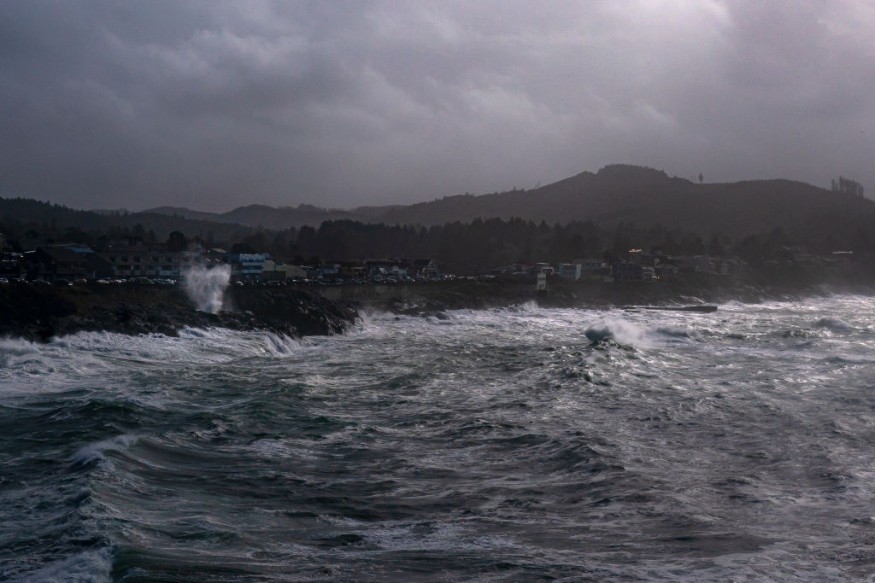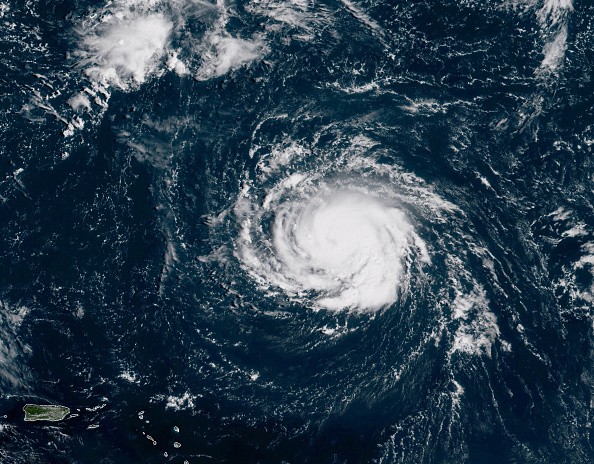Stronger winds and heavier snow are expected in the eastern United States, from Tennessee to New York, tonight, potentially generating the region's first bomb cyclone of the 2022 winter season, according to forecasting service AccuWeather.

A bomb cyclone is a severe meteorological phenomenon in which barometric pressure rapidly decreases, resulting in heavy precipitation and strong winds.
Heavy Downpour

The heaviest downpour will fall in Maryland, Virginia, North Carolina, and Tennessee; the nation's capital may receive up to 3 inches (7.5 cm) of snow, the second blizzard in a week.
According to Accuweather, New York City might experience up to 6 inches (15.24 cm) of snow on Friday. According to the National Weather Service, winter storm warnings are in effect over much of the Northeast coast, with heavy snowfall forecast as far north as Maine if the storm builds quickly enough.
"The larger the snow accumulations, the farther north you travel," AccuWeather's Chief Video Meteorologist Bernie Rayno said.
A winter storm whipped up heavy snow and high winds throughout most of the United States earlier this week. Schools were forced to close in the Southeast and mid-Atlantic, flights were grounded, and thousands of people's electricity was cut off. more to read
Bomb Cyclone
Explosive cyclogenesis, often known as a bomb cyclone, is a potentially dangerous event worth learning about. A bomb cyclone may bring heavy storms and rainstorms over the country, causing significant damage. Bomb cyclones have already caused floods, power disruptions, and injuries in the United States.
Development
A bomb cyclone is the rapid deepening of a low-pressure region inside the atmosphere, to put it simply. To be called a bomb cyclone, the area must deepen by at least 24 millibars within 24 hours. Winds arise around the pressure-drop location when this pressure drop happens, and it rapidly turns stormy.
Bomb cyclones usually form during the winter months due to cold and warm air colliding. There's often not much cold air over the atmosphere; this means a bomb cyclone is considerably less likely to develop.
To the extent feasible, it's a good idea to communicate with family and friends about bomb cyclones. It helps people prepare for a potentially harmful circumstance in the future by warning others about them. Continue reading if you're interested in learning more about bomb cyclones.
Dangers of Bomb Cyclones

There are various repercussions of a bomb cyclone, and they may be disastrous when they go out of hand. One result of a bomb cyclone is flooding. A bomb cyclone frequently brings rain with it. If more rain than usual falls, flooding can occur. As a result, transport complications arise, and many individuals may become stuck or worse.
For more news about the environment , don't forget to follow Nature World News!
© 2025 NatureWorldNews.com All rights reserved. Do not reproduce without permission.





